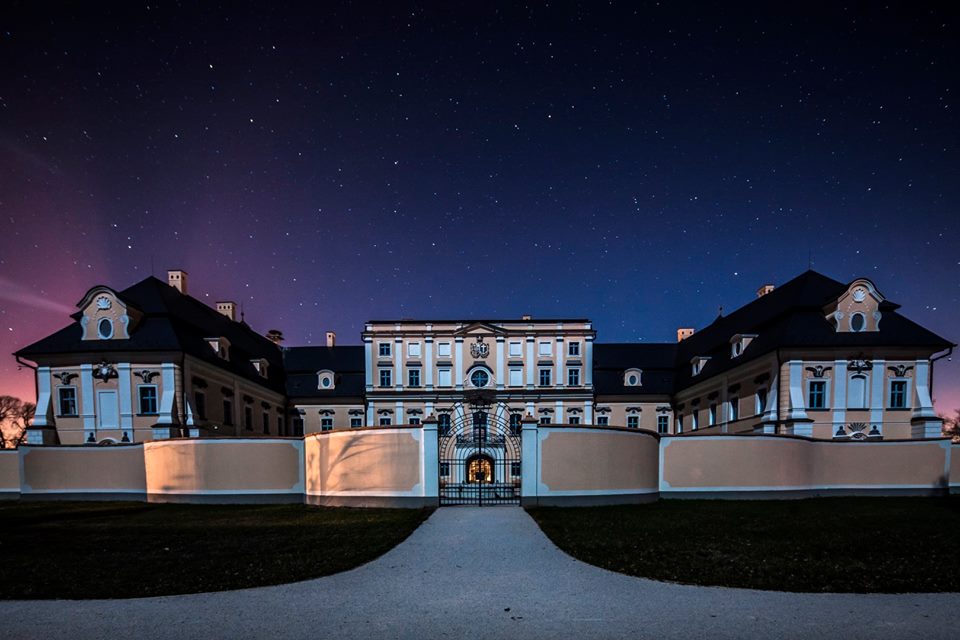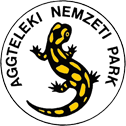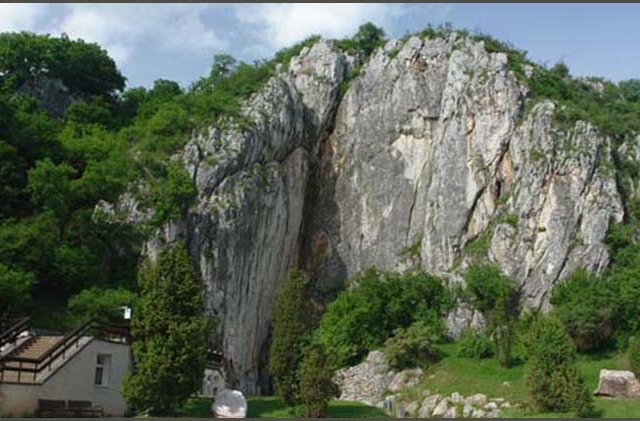Edelény: Attractions and Places of Interest
The ruins of the Borsod Earthwork Fort from the Árpád Dynasty is located at the edge of the city. Borsod County actually takes its name from this former stronghold. The fortification served as one of the most important strategic centres of the Hungarian Conquerors, up to the time of the Tartar invasion.Take in the spectacular panorama from atop the hill across the Bódva Valley. The most extensive remains of a 10th century Hungarian village, earlier destroyed by fire, may also be examined here. At the foot of the earthworks lies the local Borsod County Museum displaying historical living conditions, a textile collection, crafts, and archeological remains excavated at the site. The former palisade has also been partially reconstructed.
Another protected monument is the Borsod Calvinist Church from 1791, located beside the fort but outside the palisade. The painted wooden ceilings in two galleries depict landscapes. The five benches and the beautifully carved wooden pulpit are of quality workmanship. The current church occupies the former site of a church dating from 1706. A medieval cemetery in terrible condition was also discovered nearby.
Edelény also hosts the
L’Huillier–Coburg Palace, one of Hungary’s largest and most magnificent baroque palaces. The palace was commissioned by Baron János Ferenc L'Huillier and based on the plans of master Italian architect Giovanni Battista Carlone (1640-1717), son of
Pietro Francesco Carlone (1607 – 1681). Carlone is mostly known for his work designing abbeys. Built between 1716 and 1730 in the early-Baroque and Rococo styles, the building has 106 rooms and 365 windows. The complex occupies 7710 m2spread across several wings and sits among extensive parklands. It is the second largest cultural historical heritage site in rural Hungary after the
Eszterhazy Palace at Fertőd. The palace is U-shaped, with a three-storeyed, flat-roofed central wing flanked by cylindrical towers at the corners. There are also two single-storeyed,
mansard roofed side wings. The central wing overlooks the front courtyard, which is surrounded by single-storey ancillary buildings. Unusually, the open-end of the U-shaped palace was built facing the park, while the ancillary buildings, which formed an arch, were added on to the two side-wings, thus enclosing two formal courtyards.Of particular note is the excellent wrought iron main gate leading to the front courtyard. The two towers and repeated shell pattern throughout signal a French influence. In fact, the word Rococo is apparently a combination of the French
rocaille, or shell, and the Italian
barocco, or Baroque style.
The interior’s grandeur matches the building’s exterior. The ceremonial hall is adorned with stucco ornamentation and masterpiece-quality Rococo murals. The paintings are the work of
Ferenc Lieb (1758-1788) of Edelény or Igló, known for his 18th century secular wall paintings evoking a certain romantic atmosphere of the times: ladies on swings and aristocratic couples confessing love mingled in with mythological and symbolic figures.
The palace-complex was erected on a small island formed by the Bódva River and one of its oxbow lakes. The presence of the river has been successfully integrated into the layout of the park. It was once surrounded by a French-style baroque garden. The a small, Baroque, 18th century sepulchral chapel with a semi-circular
chancel to the left of the main gate is the only feature of the historical garden landscaping to survive. Today, part of the park behind the palace is used for the town’s sportsgrounds.
After 1945, a number of institutions took up residence in the palace – the Public Prosecutor’s Office, a nursery, an old people’s home, etc. In 2001, the National Trust for Historic Monuments assumed responsibility of the palace.
Extensive renovations begun in 2006 are nearing completion, and the palace will welcome visitors again by May 1, 2014.
Open Hours:
May 1 - September 30: Tue-Sun: 1000– 1800
First Thursday of every month: 1000– 2000
October 1- April 30: Tue-Sun: 1000– 1700
First Thursday of every month: 1000– 1900
Individual guided tours and group visits by appointment.
Tickets:
Adult: 1600 HUF
Student and Senior Citizens: 800 HUF
Groups (20 persons): 700 HUF/each
Family: (4 persons) 3200 HUF
The Edelény Calvinist Church, with gothic windows, is a short distance from the palace on the bank of one of the Bódva River’s oxbow lakes. Originally built by Catholics in 1330, it was taken over by Calvinists in 1580. A stone tower was erected in front of its western façade in 1696.Make sure to take a look at the stained glass lamp and window in the vestibule.
Open to Visitors:
Borsod Earthwork Fort: open every day of the year
Borsod Local Museum: Borsodi út 155. Tel: (48) 525-080 Fax: (48) 525-079
(High-season open May 1-September 30 Monday-Saturday 9-17, off-season open October 1-April 30 8-16. Tickets 200 huf)
Borsod Calvinist Church: advanced booking. Please call (+36)-48-341-619 (parsonage)
Edelény Calvinist Church: advanced booking. Please call (+36)-48-341-916 (parsonage)
Permanent Programmes and Tours:
Császta Hill Vineyards – stations of the cross, wine cellars, lookout, carved wooden Székely-style gate
Address: Edelény, Borsodi út 7.
Phone: (+36) – 20-358-0467


